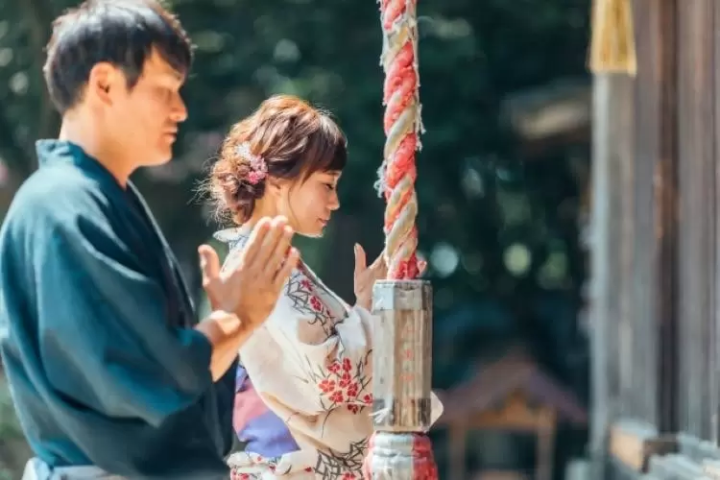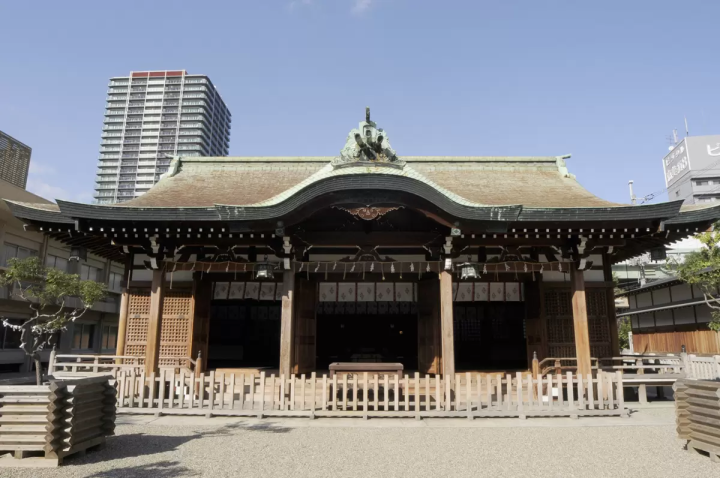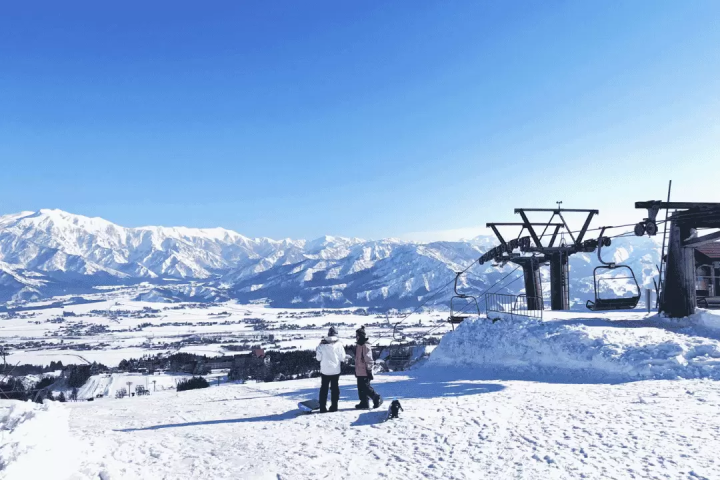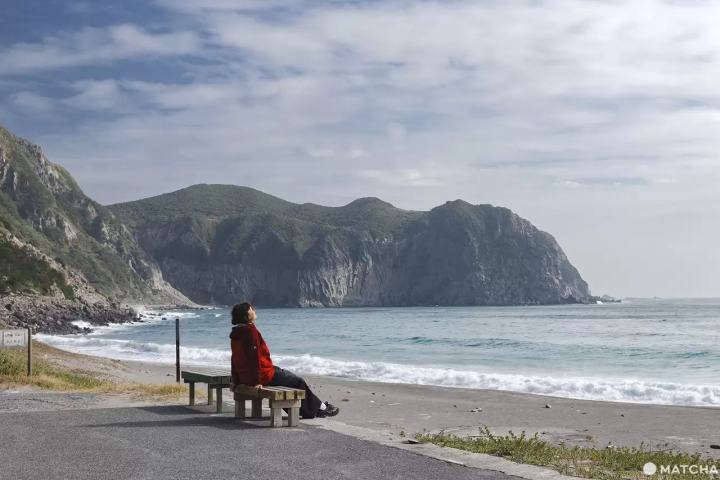What is the appropriate amount for offering money? Are there any rules regarding etiquette?

When you visit a shrine or temple, you put "o-saisen" (offerings) into the offering box. It is said that there are lucky and unlucky amounts, so you may be unsure of how much to put in. In this article, we will introduce the amount of o-saisen, how to put it in, and what to do if there are multiple offering boxes.
What exactly is an offering?

Osaisen is money offered when visiting shrines and temples. There are various theories about its meaning and origin.
The character "sai" in "osaisen" (offering money) means "giving offerings to the gods and Buddhas to show gratitude for their blessings," and in the old days people offered rice, cloth, etc. to the gods as a sign of gratitude. Eventually, this replaced money and people began to offer it.
The act of offering coins also has the meaning of purifying oneself and washing away impurities.
How much money should I give as an offering?
How much should such an offering be?
You might think that your wish won't be granted if you offer a small amount, but it doesn't matter whether the amount is large or small. There's no need to offer an excessively large amount just to receive a blessing.
Lucky coin offering amounts
However, there are auspicious and unlucky amounts of coins given as offerings, based on wordplay.
5 yen (May it be a good match)
Two 5 yen coins (May you find many good fortune)
11 yen (May you find a good match)
15 yen (hopefully you will find a good match)
20 yen (May it be a double blessing)
Four 5 yen coins (for good fortune)
25 yen (May you be blessed with double good fortune)
Six 5 yen coins (May you find stability and harmony in your relationships)
Eight 5 yen coins (May the suehiro bring you good fortune)
41 yen (May you always have good fortune)
45 yen (May you always be lucky)
50 yen (May the luck be ten times greater)
115 yen (May you find a good match)
125 yen (May you find a good match)
415 yen (May you find a good match)
485 yen (May good fortune come from all directions)
500 yen (May the luck be 100 times greater)
10,000 yen (May everything come together smoothly)
What amount of coins is considered unlucky to offer at a shrine?
10 yen (distant)
33 yen (bad luck)
13 5 yen coins (No good luck)
71 yen (not applicable)
15 5 yen coins (no luck)
79 yen (a sad fate)
17 5 yen coins (no luck after all)
19 5 yen coins (still no luck)
105 yen (not for the time being)
500 yen (no more effects/coins)
How to put coins in the offering box
From here, we will look at how to put coins in the offering box and the proper etiquette. The method and proper etiquette for putting coins in the offering box differ depending on the shrine or temple, so we will introduce the general method.

Etiquette at Shrines
1. Place your offering and straighten your posture.
2. If there is a bell on the offering box, ring it.
3. Pray with two bows, two claps, and one bow.
Etiquette at the temple
1. Place your offering and bow in front of the offering box.
2. If there is a bell or a bell, ring it.
3. Place your hands together in front of your chest and, if there is an incense burner, burn incense.
4. Bow once.
What if there are multiple offering boxes?
Some shrines have smaller shrines called "sessha" or "massha" in addition to the main hall, and each of them has an offering box.
Of course, you can go around all of them and put in your offerings, but it's also fine to just visit the main shrine.
Temples and shrines that can be visited along the Nankai Line
Finally, we will introduce the main temples and shrines that you can visit along the Nankai Line.
Sumiyoshi Taisha Shrine

This is the head shrine of Sumiyoshi Shrine, which has about 2,300 branches nationwide. It is known as "Sumiyossan" in Osaka, and has been loved for a long time. It is also famous nationwide, with more than 2.3 million visitors at the beginning of the year.
DATA
・Business hours: 9:00-17:00 (amulet gift shop)
・TEL: 06-6672-0753
Address: 2-9-89 Sumiyoshi, Sumiyoshi-ku, Osaka City, Osaka Prefecture
Access: 3 minutes on foot from Sumiyoshi-Taisha Station on the Nankai Main Line
About 5 minutes walk from Sumiyoshi-Higashi Station on the Nankai Koya Line
A short walk from the Sumiyoshi Torii-mae tram stop on the Hankai Tram Line
Imamiya Ebisu Shrine

This shrine enshrines Ebisu, the god of prosperity in business. The Toka Ebisu festival, held every year for three days from January 9th to 11th, is a very lively event, attracting approximately one million worshippers every year.
DATA
・Business hours: 9:00-17:00
・TEL: 06-6643-0150
Address: 1-6-10 Ebisu Nishi, Naniwa-ku, Osaka City, Osaka Prefecture
Access: 2 minutes on foot from Imamiya-Ebisu Station on the Nankai Koya Line
Mount Kongo Katsuragi Shrine

This shrine is located near the summit of Mount Kongo, which runs across the border between Osaka and Nara prefectures. Currently, it enshrines 38 Kuzuki shrines, the guardian deities of Mount Kongo. Mount Kongo has long been considered a sacred mountain where Shinto and Buddhism have been fused and harmonized.
DATA
・TEL: 0721-74-0005
Address: 1009-2 Chihaya, Chihayaakasaka Village, Minamikawachi District, Osaka Prefecture
Access: Take the bus from Kawachinagano Station on the Nankai Koya Line to Kongo Tozanguchi bus stop, then walk for about 70 minutes
The amount of offering is up to you! It's important to express your gratitude for the blessings from the gods and Buddhas.

This time, we explained the amount of offering money and the etiquette. We also introduced lucky and unlucky amounts, but some people think that these are merely play on words. You can offer any amount of money, so please visit the shrine with a feeling of gratitude for the blessings from the gods and Buddhas.
Original article: https://otent-nankai.jp/category/topic/221221_offering_847
[Where tradition meets modernity] We will spread the appeal of Wakayama and Osaka to the world. HP: https://www.japanrootsguide.com/jp Let's travel Japan together and create inspiring stories and unforgettable experiences. From the tranquil temples and shrines of Wakayama and the soothing green mountains to the vibrant city and delicious food of Osaka, We will deliver the charm of this place to you in full detail. Let's join us and enjoy the beauty of Japan. "This account is operated by Nankai Electric Railway Co., Ltd." [Photo description] 1. Rapi:t Express Train Connecting Kansai International Airport and Namba 2. Nachi Falls and the Mie Pagoda of Seiganto-ji Temple (Photo courtesy of the Wakayama Prefecture Tourism Federation)
The contents on this page may partially contain automatic translation.




























![[30 minutes by train from Meitetsu Tokoname Station!] A must-see for couples! Recommended date Feature Articles in Aichi Prefecture](https://resources.matcha-jp.com/resize/720x2000/2025/12/19-253428.webp)

